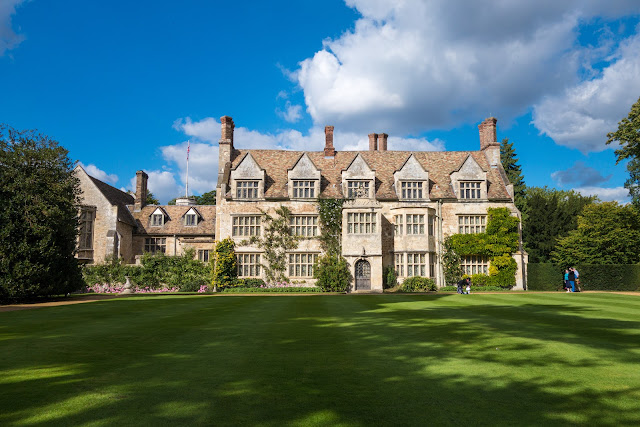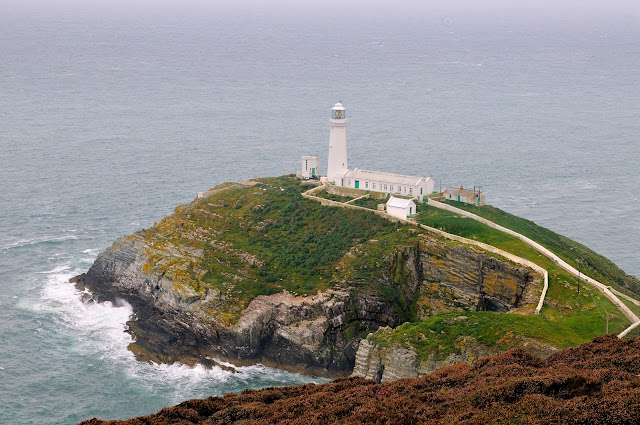Autumn colours at Anglesey Abbey

Another visit to Anglesey Abbey to see the autumn colours. This entry is an addition to my previous visit to Anglesey Abbey which took place September 2015. Because of this I have not duplicated many images, so both need to be seen to get the full picture! This year the garden was far more colourful than when we visited in September 2015, as you can see by our walk toward the winter garden. Yes, I did stroke the tree again! Opted for a skyward view this time Also a slightly different view of the Cyclamen. I must say that the display appeared more widespread than it was on our last visit. We went inside the Mill this time, and this was the view overlooking the Lode, or waterway (in Middle English). Very green, like many of our waterways this year. As I said, very green! Difficult to believe it is water. On the pathway by the waterway was this Hornets nest. Well marked and very busy. T...

